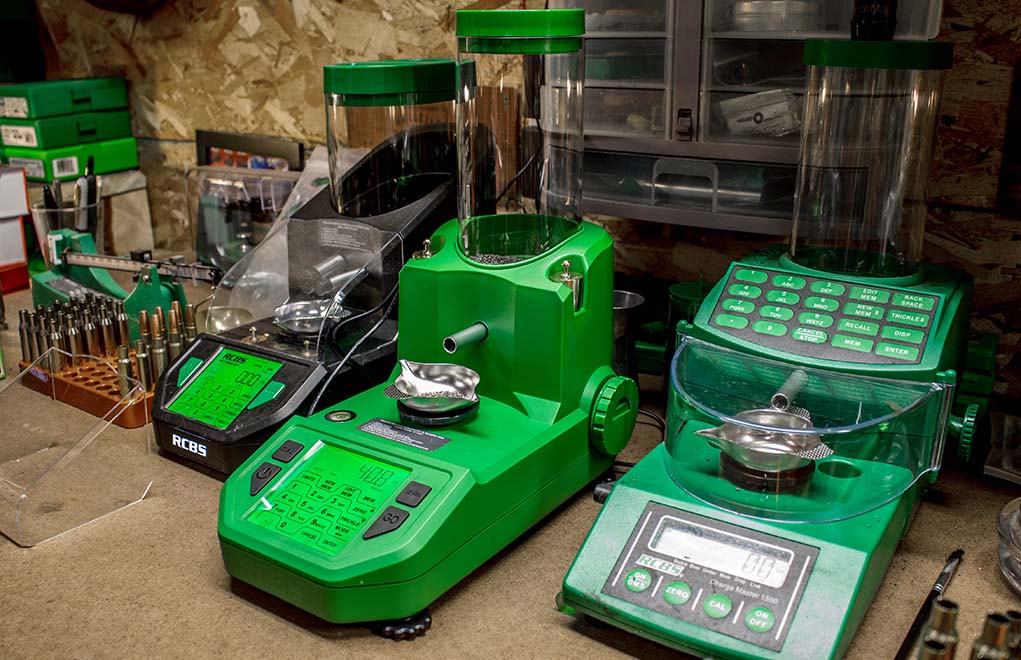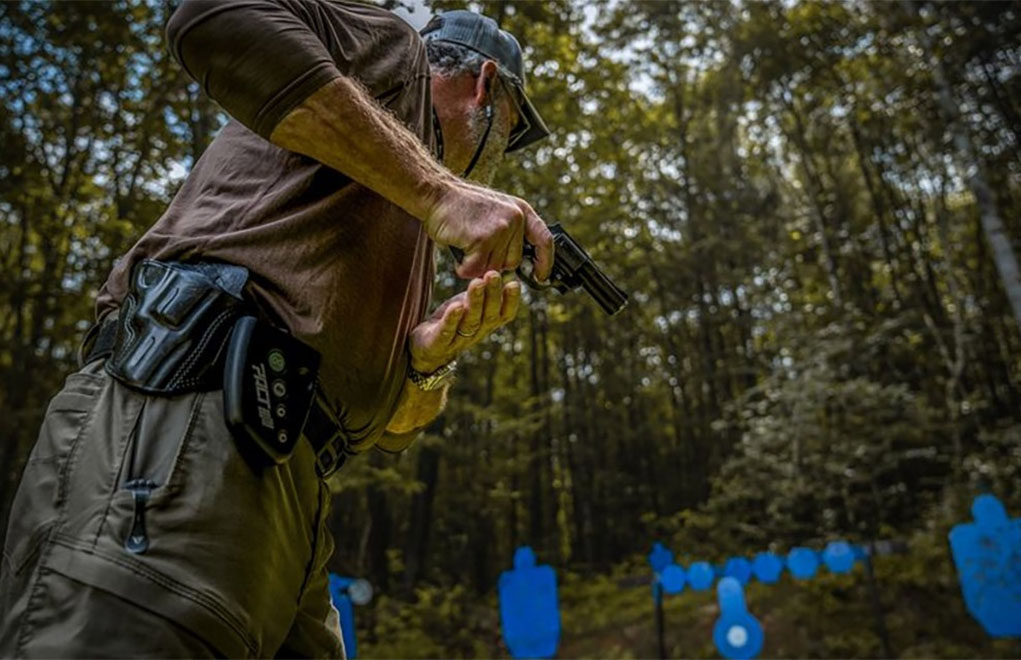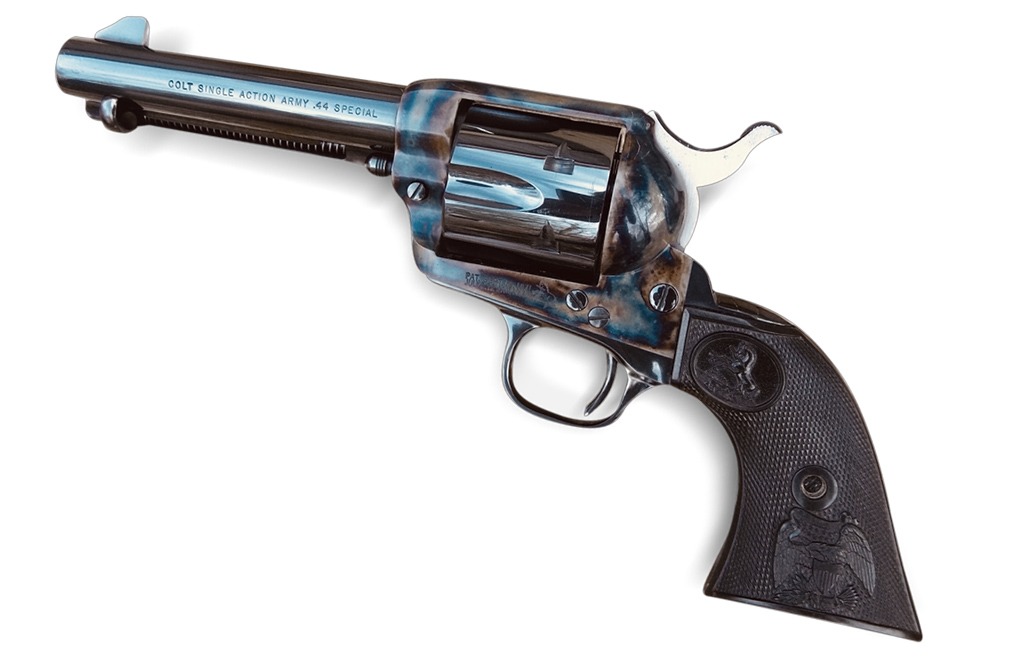A question that comes up around gun shops is, “Who still uses the .38 Super, if anyone?” I am one of the users of this fine cartridge, and while I appreciate the grand old .38 Super, or Super .38 as it is variously called, it is probably not a caliber I recommend for most shooters.
There is nothing wrong with the .38 ACP Super, to use its proper name. It is just that ammunition and handguns in this caliber are sometimes difficult to come by. The 9mm and .45 probably offer advantages over the .38 Super in many categories, but the old Super is a cartridge with plenty of panache, style, flash, and performance.
History of the .38 Super

The .38 Super was introduced in the 1911 handgun in 1929 to arm peace officers with a hard-hitting handgun that offered good penetration against the new breed of mechanized thug. The caliber saw extensive use in the hands of the FBI and figured into the demise of dangerous fugitives such as Baby Face Nelson. While this is often the stated purpose of the .38 Super, there were two other roles that were more important on a commercial basis.
Some nations, notably Mexico, prohibit military calibers such as the 9mm and .45, but not the .38 Super. Colt was discontinuing the long-serving .38 ACP automatic and wished to introduce a mid bore to replace it. It only made sense to chamber the 1911 Government Model in a .38 caliber cartridge. They took the opportunity to upgrade the performance of the .38 ACP.
The .38 Super is dimensionally identical to the .38 ACP of 1900. The .38 ACP fired a 130-grain bullet at 1,100 fps. The .38 ACP Super was a sensation noted for its high velocity of 1,300 fps and nine fast shots. Colt upped the power of the cartridge but used the same length cartridge case and chambered the .38 Super in the 1911 when it dropped production of the .38 ACP pistols. At the time, you had to know not to fire a .38 Super in older Colt 1903 pistols. The effectiveness of the caliber cannot be argued. The penetration of the cartridge and reliability of the 1911 gave law officers a great advantage.
However, the .38 Super suffered in popularity after the introduction of the .357 Magnum. In those days, the lawmen were revolver men. The question is this. Is the .38 ACP Super a viable personal defense and tactical combination today? The answer would be yes. By any standard, the caliber and the 1911 handgun are excellent defensive or tactical choices. The .38 Super is more powerful than the 9mm Luger and only a little, if any, more difficult to handle. How about compared to the .45 ACP? Read on.
Avoiding Confusion
For most of my life, old-timers and shooters have called the cartridge “the .38 Super” and the handgun “the Super .38.” The proper name is the .38 ACP Super. Modern ammunition is often marked .38 ACP +P. This is simply because the original — before the +P designation — was a development of the .38 ACP. So if the ammunition is marked .38 Super +P, it is still a .38 Super.

The 1911 is a good home for the .38 Super. It features straight-to-the-rear trigger compression, a low bore axis, a grip that fits most hands well, and excellent speed into action. There is no pistol faster to an accurate first shot than a 1911 handgun properly carried cocked and locked. This is an easier cartridge to master than the .45 and has two more rounds of magazine capacity. The platform allows good control for those who practice. Long-range practical shooting is possible with the 1911/.38 Super format.
An advantage of this caliber is penetration. The smaller-diameter .38 Super in its hottest loads offer greater penetration against light cover than the .45 ACP or 9mm cartridges. Additionally, it’s a remarkably easy cartridge to handload with good results.
Choices in .38 Super
At present, my favorite .38 Super is a Para Ordnance 1911. Para is out of business, some miss them, while some do not. Para’s quality sometimes left much to be desired, but the best Paras are excellent handguns. The Para-Ordnance is an eye-catching pistol that has proven completely reliable, reasonably accurate, and a great deal of fun.

As for the loads, the .38 ACP Super is a bit hotter than the 9mm at the top end. It is possible to handload a 115-grain bullet to over 1,400 fps and a 124-grain JHP to a solid 1,350 fps. For general use, I most often practice with a FMJ loading. Winchester offers FMJ loadings at 1,100 fps, Sig Sauer offers a FMJ loading as well.
The Winchester Silvertip breaks about 1,200 fps with a 125-grain bullet. SIG Sauer offers the V-Crown hollow point at about 1,210 fps. These loads offer excellent feed reliability. For the max in performance, Buffalo Bore offers high-velocity loads, including a 1,400 fps 115-grain JHP.
I usually carry the handgun with Wilson Combat magazines. In the 1911, there is no penalty for using the .38 Super over the 9mm. The 9mm and .38 Super will be the same size frame, while the latter hits harder. The .38 Super varies in accuracy. Some are accurate, but most require a Bar-Sto barrel for best results. My Para-Ordnance is middle of the road. A 2.5 to 3-inch group for five shots at 25 yards is the standard. While I like the Para very much, if you are interested in a .38 ACP Super, the readily available Rock Island 1911 is a better choice than hunting down an out-of-production handgun. The Rock Island is a fun gun to fire and use.
Conclusion
While the .38 Super isn’t a mainstream cartridge (rather, it’s an enthusiast’s choice), it is an interesting caliber with much to recommend. Shooters arming themselves with this cartridge are certainly well prepared.
There’s no doubt that the .38 Super is still alive and kicking. What do you think of the .38 Super? Do you still use it? Share your answers in the Comment section.
Editor’s note: This post was originally published in January of 2020. It has been completely revamped and updated for accuracy and clarity.
Read the full article here













